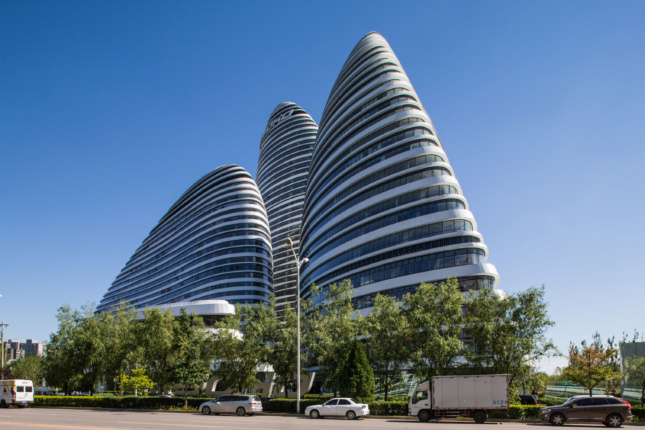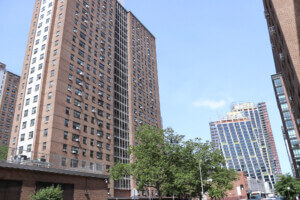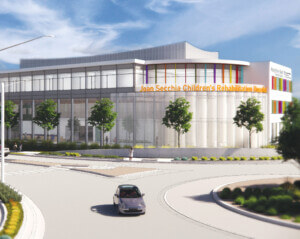Chinese real estate developer SOHO China has won a 200,000 yuan—nearly $30,000—libel case against a blogger who wrote that the Zaha Hadid Architects (ZHA)-designed Wangjing SOHO was bringing bad luck to its tenants.
In November of last year, a blog run by Zhuhai Shengun Network Technology wrote that the triple-building office complex in Beijing had bad feng shui. Among the article’s many claims is that the pebble-shaped buildings looked like “pig kidneys” and that they were a “Waterloo” for the companies working within. The post, which was viewed over 100,000 times before being deleted from messaging platform WeChat, went on to say that larger companies should flee the Wangjing SOHO unless they wanted their growth to slow.

On April 10, a Beijing district court ordered that the blog operator pay $29,796 and apologize to SOHO China. In its verdict, the court ruled that the article “applies superstition to Wangjing Soho building, which institutes defamation,” according to the South China Morning Post.
The blog itself, S Shengunju S, was deleted in November along with 9,800 other accounts as part of a larger social media post and blog purge by the Chinese government.
Feng shui is an ancient practice of precisely orienting buildings and their interiors to invite in energy, wealth, and prosperity that still has many modern adherents all over the world. However, regardless of whether the feng shui of the 5.4 million-square-foot Wangjing SOHO is off or not, the complex has been a success by more than one measure; after the complex’s design was “stolen” in 2013, it went on to win several awards and has a 98 percent occupancy rate.











